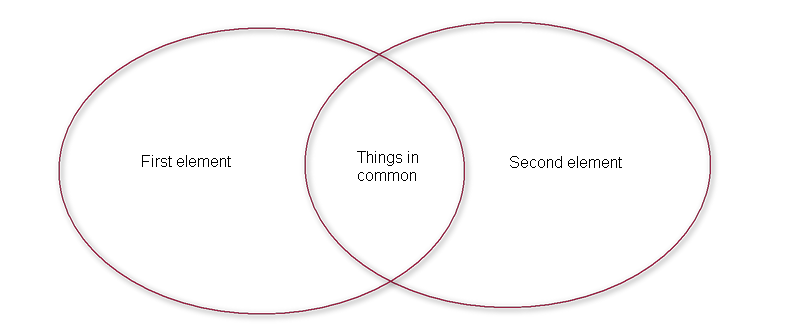On this page
Definition: Thesis statement
A thesis statement is a statement of position.
In university writing, it is typically a sentence or two which establishes your argument and forecasts the main points your paper will argue. It is the backbone of your paper, because everything that follows should support this central argument. A thesis has to be arguable/contestable and cannot be a statement of fact.
For example:
Not the basis for a thesis:
- The sky is blue.
- Harry Potter is a book, written by J.K. Rowling.
- Terry Fox is an important figure in Canadian history.
Possible basis for a thesis:
- The sky is blue, because of complex light and chemical interactions in the upper atmosphere.
- Harry Potter is a book that shaped a generation’s understanding of prejudice, because of the relationships between muggles and the wizarding world.
- Terry Fox has had a greater impact on medical research than any other Canadian.
Tips on how to check whether your thesis is contestable:
Your thesis is probably not contestable if:
- It is a statement of fact
- It is completely neutral
- It only answers the question “what?”
Your thesis is probably contestable if:
- It represents a position or opinion
- It can be argued against
- It answers the question “why?” and/or “so what?”
Why the thesis statement is important
Your thesis statement is where your reader can look to find out what a paper is about, and why and how the topic will be addressed. It is where the topic, or more specifically the argument, is narrowed and focused. In addition, theses are often tied to the “roadmap” of the paper. That is, an explanation of the subarguments and structure that you will use to prove your overall thesis.
Using your thesis statement to structure your paper
The first goal of a thesis statement is to establish a position, the second is to explain how that position will be argued. That means explaining subarguments that will support the overall position of your paper. These subarguments will then become sections of your paper.
For example:
Thesis statement:
Terry Fox has had a greater impact on medical research than any other Canadian, because x, y, and z.
Structure:
- Introduction and thesis statement
- Section x
- Section y
- Section z
- Conclusion
Forming your thesis statement
There are many different ways to structure a thesis statement, however, the following are some basic tools and diagrams to help in developing your framework for your thesis.
In general, a thesis statement has three basic components, and can be visualized like this:

The following questions can be used to develop each component:
Context (or topic)
What are you talking about? What is the issue you are discussing?
Position (or argument)
What is your position on your topic? What do you think?
For a comparison or synthesis paper, a Venn diagram can help determine the relationship between the two things being compared. Once a relationship is determined, it can become the position of your thesis, because you are arguing that this relationship exists on the basis of x, y and z.

Reasoning (your x, y, and z)
Why should your reader believe you? What supports your position and proves your argument?